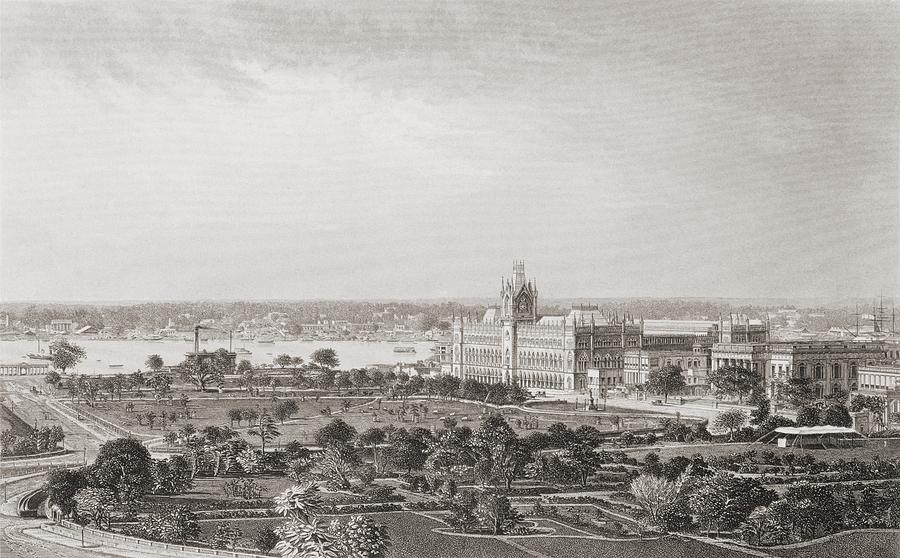In the closing chapter of Jane Eyre, Jane is concluding her narrative and providing the reader with an overarching view of the last ten years of her life. Within this description, Jane explains Rochester’s vision in one eye had been restored and that they had set off for London to see a doctor. Scholar Prasad Mahabal Vaijayanti offers an insight to some of the experiences of a medical professional in Victorian era England might be like, stating “Physicians comprised of a handful of practicing doctors during the Victorian era. A chunk of them was located in London, where it was comparatively easy to find the chunk of the patient population and also the chances of making wealth and social status. To practice as a physician in London, a license from Royal College of Physicians was required” (Vaijayanti). The information presented by Vaijayanti helps the reader...
moreSU I 22 CCU ENGL 673 Dashboard
Participants
Description
Although most of us are drawn to the study of literature by our love of reading and writing alphabetic, printed texts, due to the nature of literature and writing in the twenty-first century, media and digital literacy has also become the special provenance of the ELA teacher. In order to study literature in the light of media and digital literacy, we will focus on one Horry County District-Approved novel: Jane Eyre: An Autobiography (1847) by Charlotte Brontë. Impressively, this novel remains so popular that it has never once gone out of print in one-hundred and seventy-five years. Additionally, scores of authors, directors, and digital producers have adapted, revised, and modernized Bronte’s most famous novel. Throughout this fast-paced semester, we will prepare for your future use of digital tools in the classroom by reading this classic novel, viewing an intermedial adaptation, practicing multimodal composition, and analyzing all of the above. Additionally, we will leverage the COVE’s (Collaborative Organization for Virtual Education) digital tools to foster a collaborative “flipped classroom” learning experience, and you will demonstrate competency in advanced research methods through the production of an annotated bibliography and analytical paper.
Galleries, Timelines, and Maps
There is no content in this group.
Individual Entries

In chapter thirty-three of Brontë's novel, St. John Rivers invites Jane Eyre to join him on his mission in India under the condition that she marries him. Though he does not love Jane, St. John deems their marriage necessary. Despite his begging and brooding, Jane rejects her cousin's offer of marriage in fear of being forever tied to a man that does not love her. Jane finds support in her cousin and confidant, Diana, who deems her "much too pretty, as well as much too good, to be grilled alive in Calcutta" (Brontë ch. 31). Kolkata, formerly known as Calcutta, is the capital of West Bengal state and the former capital of British India (Sinha 2022). Throughout the eighteenth and nineteenth centuries, British missionaries traveled to Calcutta to spread the word of God and educate the Indians, but many...
more 
Moor House, also known as Marsh End, is based off the actual house of Moorseats which was previously owned by an English Jesuit, Thomas Eyre. The house of Moorseats is located outside of Hathersage in Derbyshire, and given the description of Whitcross—where Jane was dropped off—in conjunction with the towns known to be in the general vicinity, and the length of travel, it is "quite clear that Charlotte based [these chapters] in Derbyshire” (Thompson). A moor is land that has yet to be farmed on or...
moreThroughout the 26th chapter of Jane Eyre, Rochester requests the floor to plead his case to Jane and attempt to explain his reasoning for attempting to take her hand in marriage while already being married. In this explanation he confides in her that he has sought the love of multiple other women, opting to travel the world explicitly in the hopes of finding someone he deems worthy of his love. His desire to seek a partner leads him to unique centers of progressive humanity, searching endlessly in the world’s largest cities specifically in the hope that these locations will bring forth his desired partner. Rochester rattles off a list of cities he visited, including Naples, Italy in this set of locations. As explained by scholar Jessie Feng posted on Omeka, an open-source digital collection and access platform offered by...
more
In chapter twenty-six of Jane Eyre, readers discover that Mr. Rochester has been living a double life. At the exact moment the couple is to be wed, Mr. Briggs reveals to Jane that Rochester has an estranged wife living at Thornfield Hall, and he also owns the separate estate "of Ferndean Manor, in ---shire, England" (Brontë ch. 26). Brontë's Ferndean Manor is inspired by Wycoller Hall, a sixteenth century estate found in the village of Wycoller, Lancashire, England. The hall was originally owned by the Hartley family, but it was extended in the nineteenth century by its last owner, Squire Cunliffe. Upon the death of Cunliffe in 1818, Wycoller Hall fell to ruin due to its foundational stones being plundered to build nearby homes (Johnson). As Wycoller is not far from Haworth, the home of the Brontë's, it is...
more